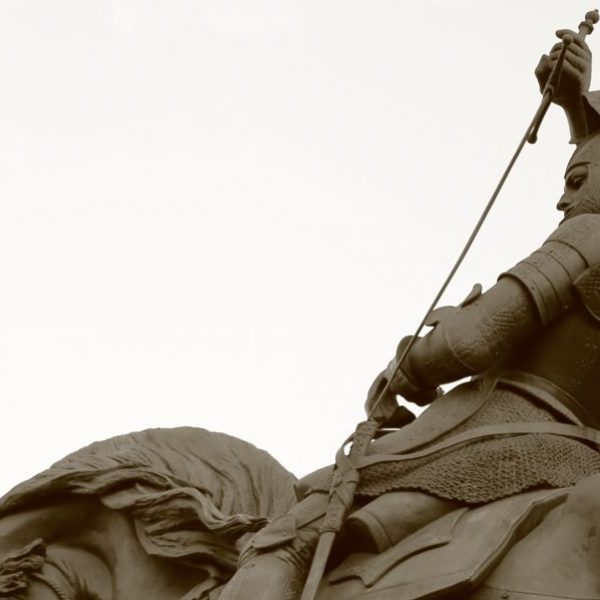The social economics of the spice trade
 Tuesday’s episode of NPR’s Planet Money features an extended piece on the booming spice economy of the Middle Ages, which seems to hold some of the earliest lessons in global economics. Always in high demand in the West, spices were not only used to enliven the bland European cuisine of the time, but were also held as status symbols by royalty, who consumed them as ostentatiously as present-day moguls might quaff Cristal.
Tuesday’s episode of NPR’s Planet Money features an extended piece on the booming spice economy of the Middle Ages, which seems to hold some of the earliest lessons in global economics. Always in high demand in the West, spices were not only used to enliven the bland European cuisine of the time, but were also held as status symbols by royalty, who consumed them as ostentatiously as present-day moguls might quaff Cristal.
The introduction to Paul Freedman’s Out of the East describes such displays of indulgence by referencing the series of lavish banquets that marked the marriage of Duke George “the Rich” of Bavaria with Princess Jadwiga of Poland in 1476. According to official records, the proceedings required “386 pounds of pepper, 286 of ginger, 207 of saffron, 205 of cinnamon, 105 of cloves, and a mere [sic] 85 pounds of nutmeg.” Rich, indeed.
To read more about how spices became symbols of beauty, affluence, taste, and grace, click here to read the full introduction from Out of the East.




The spice plantation is alive and well and flourishing. One need only look at Hawaiian, Asian or African history to see how even today, spice plantations keep the ownership class rich while the hands that work the land eek out an impoverished living.